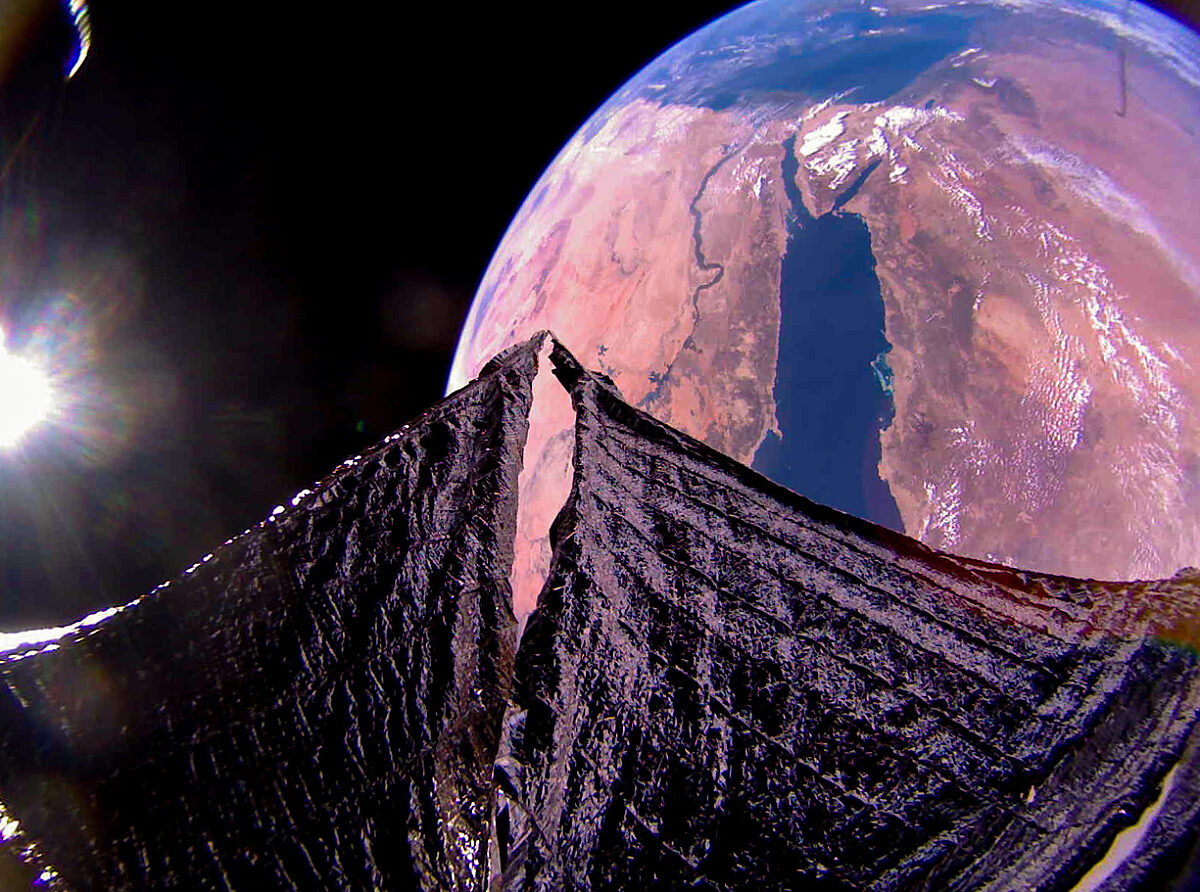The year in pictures: Planetary exploration in 2021
It was a big year for planetary exploration — especially for Mars. Three new spacecraft arrived at the red planet in February: NASA’s Perseverance rover, China’s Tianwen-1 orbiter and rover and the United Arab Emirates’ Hope orbiter. This brought the number of active spacecraft there to 11, setting a new record. Perseverance is collecting samples that will eventually be returned to Earth, Hope is collecting data to form a complete picture of the Martian atmosphere and Tianwen-1 is exploring the surface, equipped with radar to search for subsurface pockets of liquid water.
Elsewhere in the solar system, the joint European and Japanese BepiColombo mission made its first Mercury flyby. The spacecraft will pass the innermost planet five more times before entering orbit in 2025.
Japan’s Akatsuki orbiter continues to study the atmosphere of Venus. The cloud-shrouded world will soon get a lot more attention thanks to this year’s announcement of three new missions heading there: NASA’s DAVINCI and VERITAS and the European Space Agency’s EnVision.
In Earth orbit, the International Space Station received its long-delayed Russian science module Nauka, while China kicked off regular crewed visits to its new space station. The Planetary Society’s member-funded LightSail 2 spacecraft continues to circle the globe, testing technologies that will help future solar sailing missions. Shortly after The Planetary Report starts arriving in mailboxes this December, the James Webb Space Telescope is scheduled to blast off on a mission to revolutionize our understanding of the cosmos.
NASA’s OSIRIS-REx spacecraft left asteroid Bennu in May, carrying samples that will be delivered to Earth in 2023 that could shed light on how ancient water and organic materials found their way to Earth. Two additional NASA asteroid missions launched in this year’s final months: Lucy embarked on a journey to Jupiter’s Trojan asteroids while DART, the Double Asteroid Redirection Test, was scheduled to blast off for asteroid Didymos as The Planetary Report went to press. The probe will intentionally crash into Didymos’ small moon Dimorphous next year, testing a method of deflecting dangerous asteroids.
Juno continues to unpack the secrets of mighty Jupiter. In June, the NASA probe performed the first close flyby of Jupiter’s moon Ganymede in more than 20 years. Still to come are up-close looks at Europa and Io.
On the outer edges of our solar system, the New Horizons spacecraft continues to cruise along as its team searches for another potential Kuiper belt object to fly by. Farther away are NASA’s twin Voyager probes, now nearly 45 years old, still functioning and studying the properties of interstellar space.
Looking ahead, the second half of 2022 is packed with three scheduled planetary mission launches. JUICE, the European Space Agency’s JUpiter ICy moons Explorer, will blast off on a mission to study Ganymede, Callisto and Europa. NASA’s Psyche mission will begin its journey to visit what could be the exposed core of an ancient protoplanet. Finally, the European Space Agency’s Rosalind Franklin rover will head to Mars equipped with a drill and miniature laboratory to search for signs of life. A Russian-built lander will deliver the rover to the Martian surface in 2023.











Support our core enterprises
Your support powers our mission to explore worlds, find life, and defend Earth. You make all the difference when you make a gift. Give today!
DonateThe Planetary Report • December Solstice
Help advance space science and exploration! Become a member of The Planetary Society and you'll receive the full PDF and print versions of The Planetary Report.


 Explore Worlds
Explore Worlds Find Life
Find Life Defend Earth
Defend Earth


